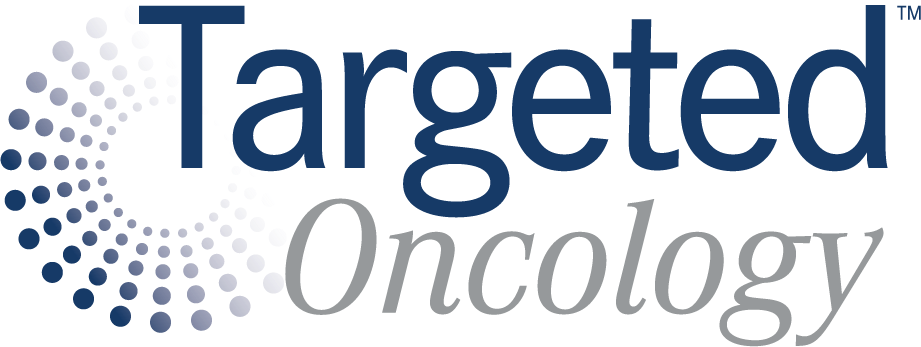Video Series
Diagnostic Challenges in Myelofibrosis: Distinguishing Prefibrotic Disease_
April 15th 2025Panelists discuss how distinguishing pre-fibrotic myelofibrosis from other myeloproliferative neoplasms like essential thrombocythemia remains challenging due to overlapping clinical and molecular features, subjective histopathologic interpretation, and variable application of diagnostic criteria, underscoring the need for expert pathology review and multidisciplinary evaluation to guide accurate diagnosis and management.
The Evolving Landscape of Myelofibrosis: Current Understanding and Clinical Patterns
April 15th 2025Panelists discuss how evolving insights into myelofibrosis—driven by molecular profiling, risk-adaptive therapy, and emerging treatments—are reshaping clinical practice toward more personalized care, with increasing focus on managing cytopenias, treatment resistance, and long-term disease modification.
1L Treatment for Advanced NSCLC
April 15th 2025A panelist discusses how first-line (1L) therapies, including EGFR tyrosine kinase inhibitors (TKIs) such as osimertinib, are the standard of care for treating locally advanced or metastatic EGFR-mutated non–small cell lung cancer (NSCLC), with emerging combination strategies and safety considerations shaping current treatment approaches.
Presented at ELCC 2025: Key Takeaways From KRYSTAL-7
April 14th 2025Panelists discuss how response rates, progression-free survival, and overall survival data presented at the European Lung Cancer Conference (ELCC 2025) demonstrate meaningful clinical outcomes while highlighting important safety considerations for patients.
Long-Term Outcomes of Ruxolitinib Therapy in Patients With cGVHD
April 14th 2025A panelist discusses how identifying steroid-dependent or steroid-refractory (SR) graft-vs-host disease (GVHD) requires careful clinical monitoring, with the determination typically made when patients show disease progression during prednisone taper, inadequate response after 5 to 7 days of treatment, or persistent disease despite 2 weeks of appropriate steroid therapy.
Long-Term Data and Future Directions in First-Line DLBCL Treatment
April 11th 2025Experts discuss how long-term data influence current and future approaches to first-line diffuse large B-cell lymphoma (DLBCL) treatment, exploring how these outcomes shape perspectives on DLBCL treatment evolution and highlighting the most compelling aspects of emerging data for advancing clinical practice.
Treatment Decision-Making in DLBCL: Balancing Efficacy, Safety, and Patient Factors
April 11th 2025Experts discuss the decision-making factors and real-world challenges that shape treatment selection in diffuse large B-cell lymphoma (DLBCL) patient care. They focus on how efficacy data, safety profiles, and patient factors influence treatment choices, and the implementation challenges encountered when introducing newer regimens into practice.
Disease Progression in DLBCL: Management Strategies and Quality-of-Life Considerations
April 11th 2025Experts discuss how disease progression impacts patients with diffuse large B-cell lymphoma (DLBCL) and strategies for managing progressive disease based on first-line therapy selection, incorporating insights from the POLARIX 5-year subsequent treatment data and highlighting quality-of-life considerations that influence treatment decisions.
Current Practices and Initial Treatment Considerations for Patients With cGVHD
April 7th 2025A panelist discusses how steroid therapy remains the cornerstone of acute graft-vs-host disease (GVHD) treatment, with treatment protocols typically starting with prednisone at doses ranging from 1 to 2 mg/kg/day depending on disease severity, though optimal dosing strategies continue to be refined through clinical research.
DLBCL Subtype Response Patterns: Optimizing Treatment Selection
April 4th 2025Experts discuss polatuzumab’s effectiveness across germinal center B-cell (GCB) and activated B-cell (ABC) diffuse large B-cell lymphoma (DLBCL) subgroups, including updates to published data. They also explore how different molecular classification methods compare in clinical practice to guide treatment selection, with insights on differential responses across specific molecular or clinical subgroups.
Evolving Treatment Strategies in DLBCL: Real-World Clinical Experience
April 4th 2025Experts discuss clinical experience with established and emerging treatment approaches in diffuse large B-cell lymphoma (DLBCL), including R-CHOP and polatuzumab-based regimens, and the factors guiding treatment selection for first-line DLBCL, along with observed outcomes across different patient subgroups.
The Evolving Role of Lenvatinib in the HCC Therapeutic Landscape
April 3rd 2025Panelists discuss how lenvatinib has significantly impacted the systemic therapy landscape for hepatocellular carcinoma (HCC) across different stages. As a first-line treatment, it offers a viable alternative to sorafenib, demonstrating noninferior overall survival with improved progression-free survival and response rates. Its role extends to combination regimens and advanced-stage disease management.
Second-Line Therapy in Advanced HCC: Treatment Considerations and Evolving Options
Published: April 3rd 2025 | Updated: April 3rd 2025Panelists discuss how, when a patient progresses to second-line therapy, key considerations include prior treatment response, toxicity, patient comorbidities, and therapeutic goals. Lenvatinib shows potential beyond first-line treatment, offering efficacy in patients progressing on systemic therapies, with emerging data supporting its role in treatment sequencing.
Treatment Implementation and Long-Term Considerations in BPDCN
April 1st 2025Panelists discuss how optimizing shared-care models between academic and community centers enhances continuity in complex hematologic malignancies. Key monitoring parameters for tagraxofusp include capillary leak syndrome risk. Timely transplant referral depends on disease kinetics. Novel therapies are among the unmet needs in plasmacytoid dendritic cell neoplasm. Support resources aid patient management. Emerging treatments and clinical insights continue to advance care.
Clinical Case – A Patient With Steroid-Refractory cGVHD
March 31st 2025A panelist discusses how graft-vs-host disease (GVHD) manifests through a complex constellation of symptoms affecting multiple organ systems, including the skin (rash, itching), gastrointestinal tract (diarrhea, nausea, abdominal pain), liver (elevated enzymes, jaundice), and lungs (shortness of breath, cough), with severity assessment typically following established criteria.
Long-Term Outcomes and Treatment Guidelines in DLBCL Management
March 31st 2025Experts discuss how the 5-year outcomes of polatuzumab have influenced its position in current NCCN guidelines for diffuse large B-cell lymphoma (DLBCL) treatment, offering insights on how to interpret and apply these recommendations in various patient scenarios.
Advances in DLBCL Management: Long-Term Treatment Outcomes
March 31st 2025Experts discuss the 5-year efficacy and safety outcomes of polatuzumab in diffuse large B-cell lymphoma (DLBCL), highlighting its meaningful progression-free survival (PFS) and overall survival (OS) results for first-line patients with DLBCL and emphasizing key long-term safety considerations for clinicians.
Lenvatinib in Advanced HCC: Considerations for Monotherapy and Combination Regimens
March 27th 2025Panelists discuss how ongoing trials in first-line advanced hepatocellular carcinoma (HCC) may reshape treatment paradigms, influencing tyrosine kinase inhibitor (TKI) and immune checkpoint inhibitor (ICI) use. Patient selection depends on clinical (liver function, ECOG status) and biological (PD-L1, VEGF expression) factors. Lenvatinib remains a key TKI, balancing efficacy and safety. As emerging regimens (CARES-310, CheckMate-9DW) gain traction, lenvatinib’s role evolves, with experts assessing its place in monotherapy and combinations.
First-Line Therapy for Advanced HCC: The Role of TKIs and ICIs
March 27th 2025Panelists discuss how current first-line systemic therapies for advanced hepatocellular carcinoma (HCC) include atezolizumab + bevacizumab and durvalumab + tremelimumab, replacing tyrosine kinase inhibitors (TKIs) like sorafenib and lenvatinib. Emerging combinations with anti–PD-L1 agents enhance efficacy. TKI + immune checkpoint inhibitor (ICI) combinations offer synergistic benefits but pose toxicity, cost, and biomarker challenges.

